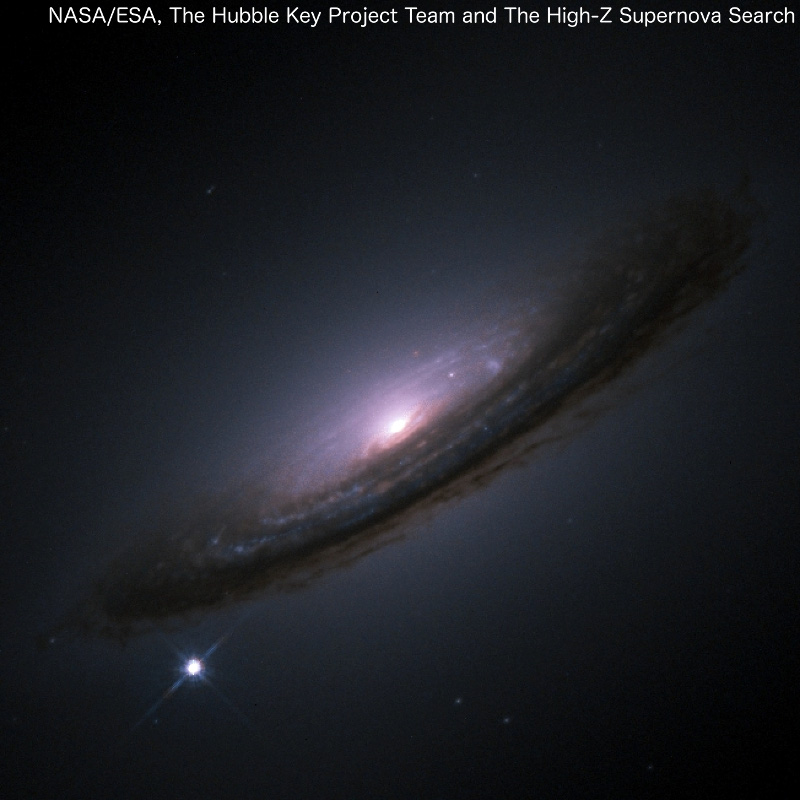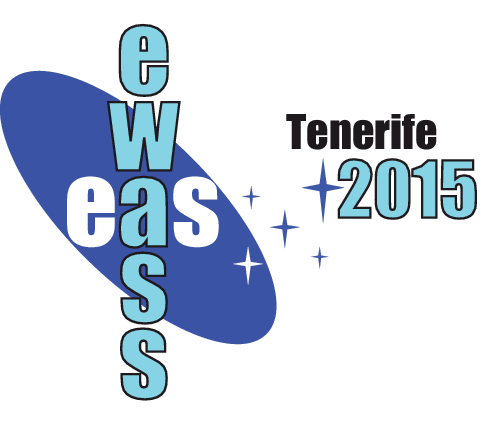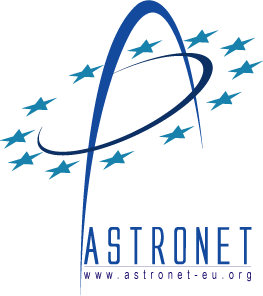Special Session Sp17
25 June 2015
Hunting down the elusive progenitors and explosion mechanisms of Type Ia supernovae
Aims and scope
 Type Ia supernovae are important for modern astrophysics for various reasons. For instance, they have been key in discovering that the present day Universe undergoes an accelerated expansion and they play a crucial role in the chemical enrichment of galaxies. A limiting factor in this context is the lack in our theoretical understanding of SN Ia explosions: their progenitor stars and the exact explosion mechanisms are still elusive. In the past decade a wealth of new data has been collected by large synoptic surveys (e.g. PESSTO, Pan-STARRS, iPTF), and two recent nearby events have allowed to place deeper limits on progenitor systems than ever before. At the same time, advances in numerical modelling, namely fully 3D hydrodynamic simulations that capture the explosion dynamics in a more realistic way, and sophisticated radiative transfer models that allow to connect the models to observational data, have become available. This special session aims at bringing together theorists and observers to give an overview about the current observational state of the art, present recent theoretical progress and discuss the open problems in Type Ia supernovae.
Type Ia supernovae are important for modern astrophysics for various reasons. For instance, they have been key in discovering that the present day Universe undergoes an accelerated expansion and they play a crucial role in the chemical enrichment of galaxies. A limiting factor in this context is the lack in our theoretical understanding of SN Ia explosions: their progenitor stars and the exact explosion mechanisms are still elusive. In the past decade a wealth of new data has been collected by large synoptic surveys (e.g. PESSTO, Pan-STARRS, iPTF), and two recent nearby events have allowed to place deeper limits on progenitor systems than ever before. At the same time, advances in numerical modelling, namely fully 3D hydrodynamic simulations that capture the explosion dynamics in a more realistic way, and sophisticated radiative transfer models that allow to connect the models to observational data, have become available. This special session aims at bringing together theorists and observers to give an overview about the current observational state of the art, present recent theoretical progress and discuss the open problems in Type Ia supernovae.
Programme
Topics covered include:
- Population synthesis
- SN Ia rates
- Constraints on the progenitor system
- Explosion models
- Synthetic observables and comparison to observations
- Clues from multiwavelength post-explosion observations
- Supernova remnants
- Exotic (thermonuclear) transients
Invited speakers
- Pablo Loren Aguilar University of Exeter
- Assaf Sternberg Excellence Cluster Universe Munich
- Silvia Toonen Leiden Observatory
Scientific organisers
Nancy Elias-Rosa (INAF Padova), Markus Kromer (Department of Astronomy, Stockholm University), Rüdiger Pakmor (HITS Heidelberg), Stefan Taubenberger (ESO Garching)
Contact
markus.kromer @ astro.su.se
Updated on Tue Dec 23 08:23:35 CET 2014
|

 A power cut will shut down all EAS services on Tuesday, 10 January 2017 starting at 7:30 CET.
A power cut will shut down all EAS services on Tuesday, 10 January 2017 starting at 7:30 CET.


















